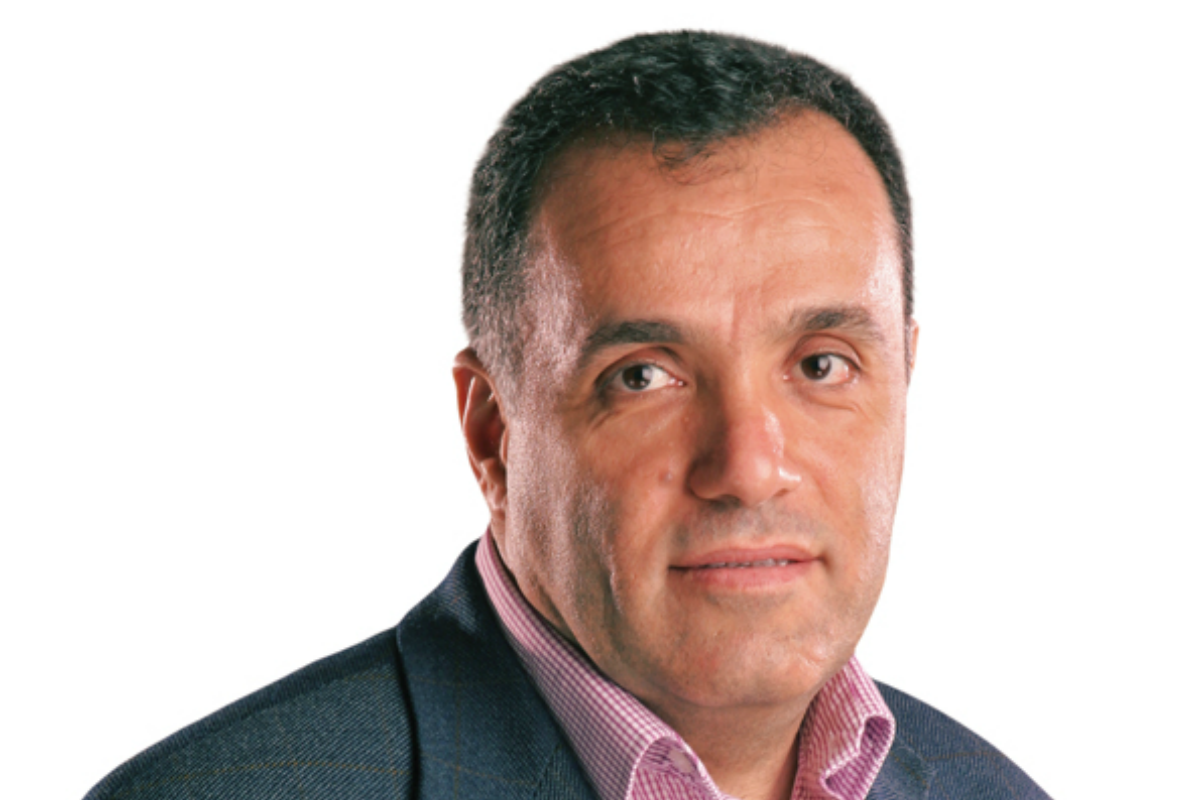
As the race for wireless power innovation picks up speed, so do rumors about the technology. Once true wireless power is implemented across the board, what will happen? From talk of wireless power causing cancer, to people thinking it will ruin the environment, the myths abound. Below are five of what I see as the most common wireless power myths, including the biggest one of all, how far away true wireless power actually is.
Myth #1: Wireless power isn’t safe
Wireless power, when done right, is perfectly safe to transmit around people, pets, and plants. Based on physics, with safety inherently built right in, any organic object blocking the beacon can be naturally avoided. The power is delivered via paths without organisms in the way. Think of how WiFi or Bluetooth functions -- the signals reflect off walls, ceilings, and floors to find multiple paths between the transmitter and receiver. It’s not only the most efficient way to send signals between a device and a power source, it’s also the safest.
Myth #2: Wireless power will ruin the environment
Not only is wireless power safe to transmit around all living things, it’s also better for the environment than many of our current energy options. Wireless power, once widely implemented, has the potential to eliminate billions of batteries and charging cords clogging up landfills. Deposable batteries contain toxic materials such as lithium, mercury, acid, lead, nickel, cadmium, and graphite. Mining these materials is harmful to communities, and safely disposing of them remains a societal challenge. Once battery power lasts much longer due to wireless power, it will improve these conditions.
Myth #3: We’ll need all new devices for wireless power to be implemented
Wireless power can be integrated into devices that exist today. With wireless power technology that includes both a transmitter and receiver, existing devices can be retrofitted with receivers that obtain the transmitter signal and power the device. However, once wireless power becomes more widespread, devices will be manufactured with receivers from the start.
Myth #4: True wireless power can barely power devices
Real wireless power (no cords, charging pads, etc.) powers devices more slowly than wired power. However, wireless power doesn’t need to power devices as quickly, because they’re continuously “hooked up” to the power source, even while you’re using them. The reason cords need to power devices so quickly is because we have to relinquish our devices to them and leave them in a specific spot until they’re charged. We know they won’t be able to be powered again until we plug them back into the source. However, with wireless power, power can trickle more slowly into the device since it will work more like WiFi, where it’s always connected.
Myth #5: True wireless power is still decades away.
True wireless power is already here and ready to be implemented into devices. So, what’s still standing in the way? FCC approval on wireless power standards is still pending. Upon FCC approval (which was also necessary for WiFi and Bluetooth when those technologies were developed), wireless power is ready to go.
Hatem Zeine is cofounder and CTO of Ossia, makers of Cota remote wireless power technology, where he leads a team of scientists and engineers engaged in developing new wireless power innovations. An accomplished inventor, Zeine holds more than 10 U.S. patents as well as 8 international patents. Zeine is also an industry thought leader, tireless advocate for the tech industry and recognized expert on the potential of wireless power. Prior to cofounding Ossia, Zeine was a principal software architect at Microsoft. Early in his career, he founded Zeine Technological Applications, later known as Estarta Solutions, now the largest systems integrator in the Middle East. He holds a degree in physics from the University of Manchester in the United Kingdom and currently lives in Bellevue, Washington.
